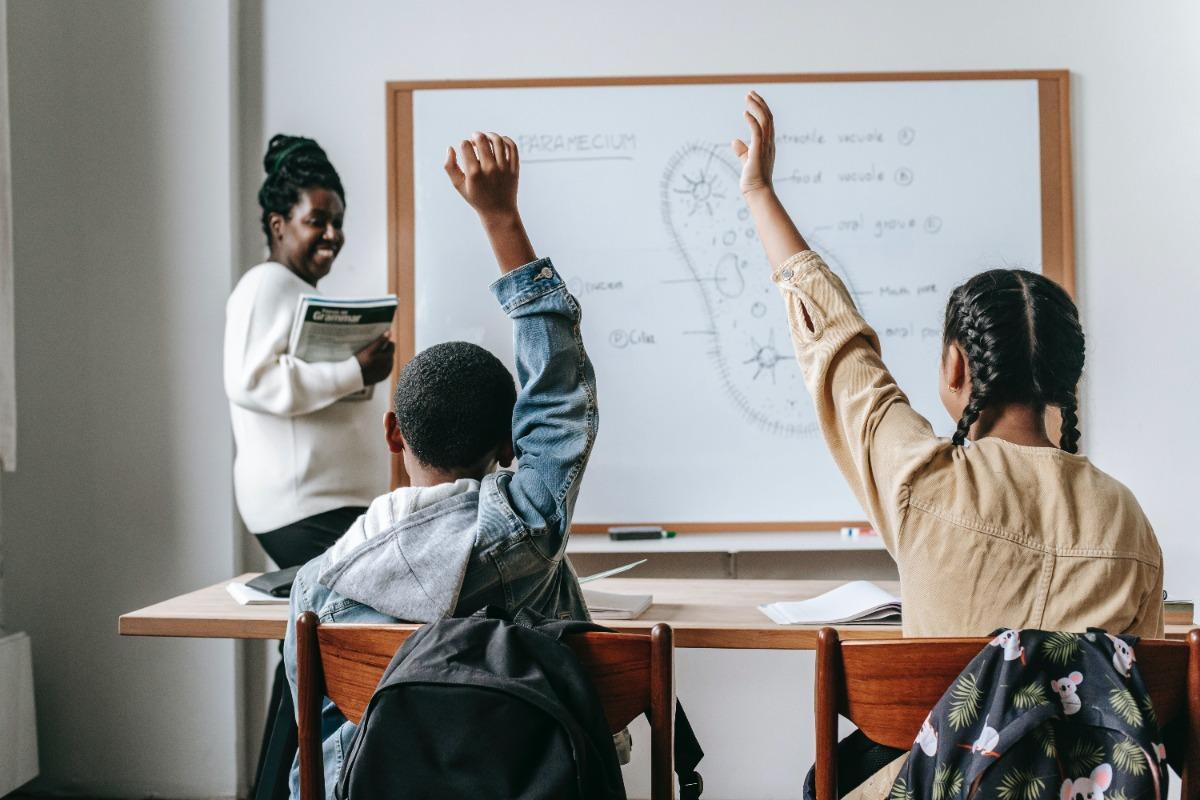
From enjoying summer with potentially flexible bed and morning routines to a fixed scheduled for school purposes. Returning back to school can be a difficult transition for any individual. Parents of children with autism can be proactive in supporting this transition by taking action and establishing routines now. Here are some helpful tips to guide you and your child with the transition:
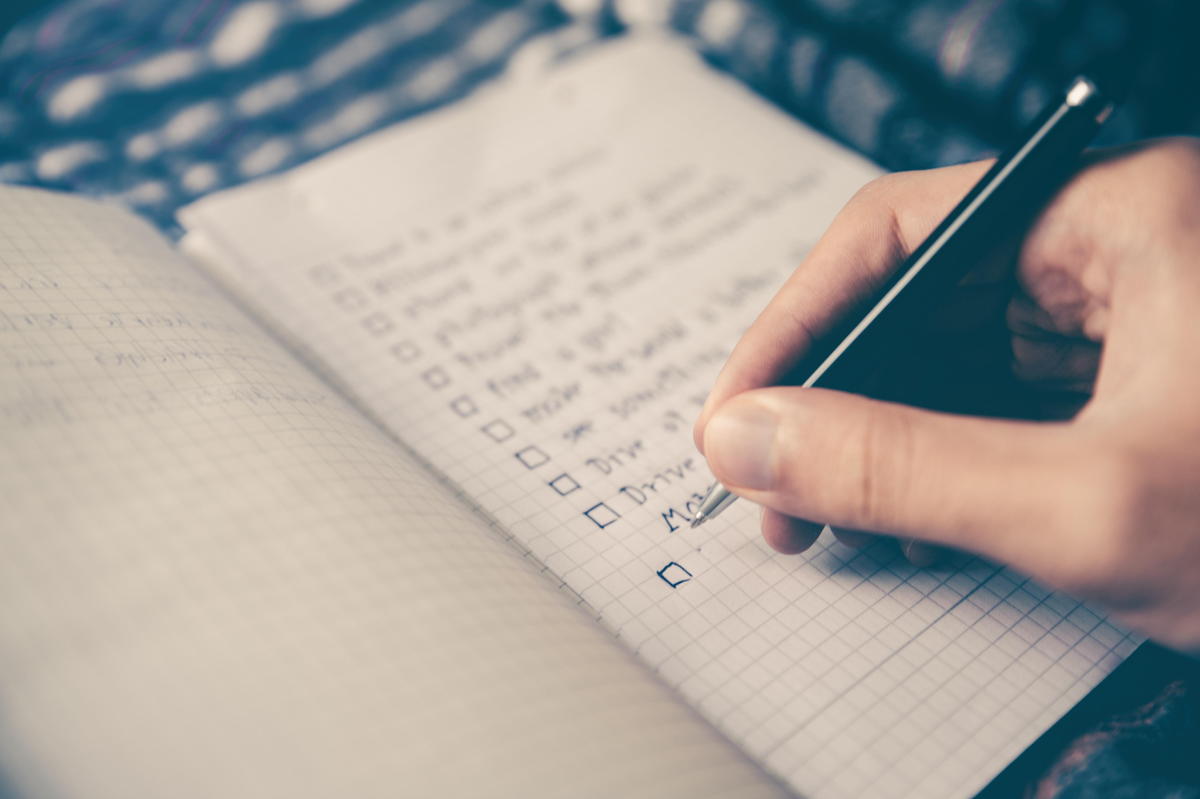
Preparation
Yes, absolutely prepare your child for the start of school. As stressful as it sounds to accept the fact that your child will be out of sight and in the hands of another adult, know that it is important for your child to learn from other people and in different environments. With that being said, prepare for situations that could happen while your child is at school.
- Establish a safety plan that will be in place with the school in case X happens.
- Practice with your child and designate a safe place or person to go to if X happens.
- Communicate with involved members of the school if there are any specific protocols that need to be in place if X occurs.
Typically, IEPs are in place for students that can help support their education needs. Please contact your school administrator if you would like additional information regarding their IEP process.
Once parents have prepared the contingencies in place to support a safe environment for their child to learn successfully, prepare for your own psychological well-being. Parents of children with autism may encounter more psychosocial distress (i.e., stress, anxiety, depression, etc.) in comparison to parents of children not diagnosed with autism (Kowalkowski, 2012). It is also important that parents should prepare and seek additional support from professionals to help manage those stress levels and increase their psychological flexibility.
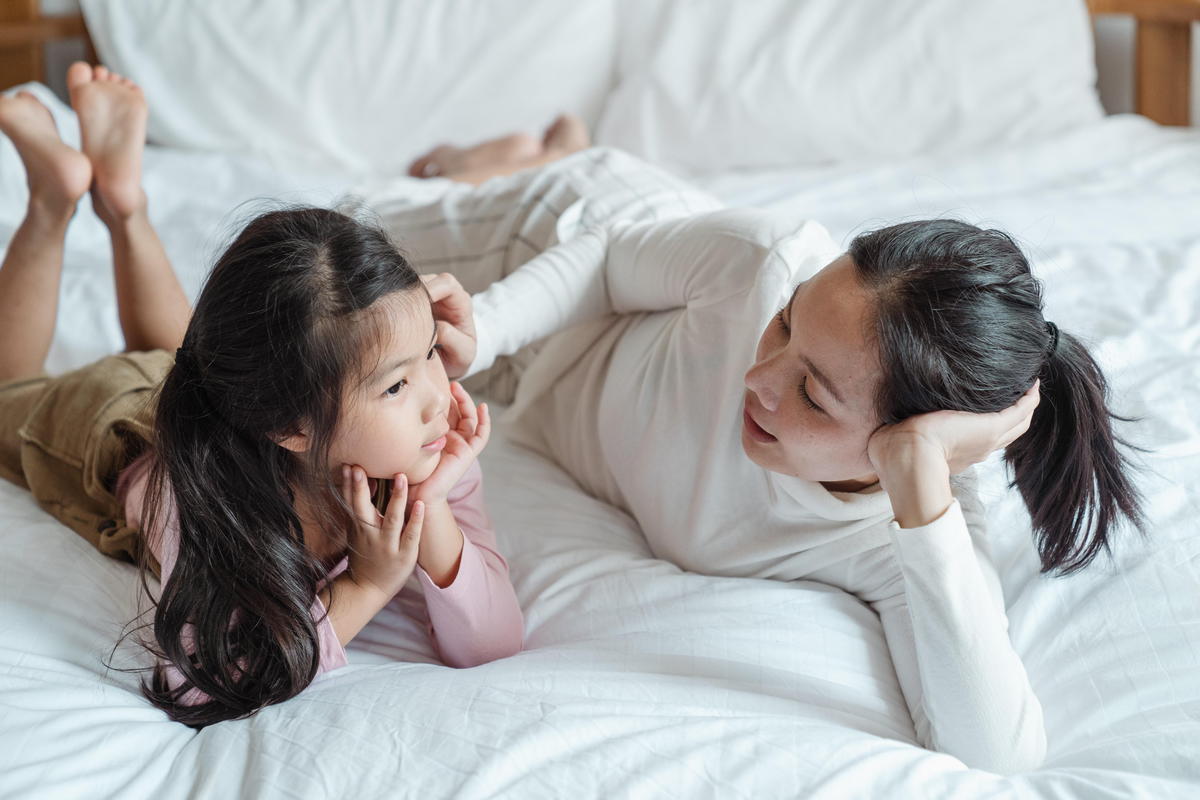
Priming
A strategy that might be beneficial in preparing your child to transition back to school is either vocal or visual reminders that can help ease your child with the transition. Vocal reminders can be as simple as informing your child of what is to come. For example, "Sarah, remember that we are going to start school in 10 days...1 week...3 days... 2 hours... etc". This helps your child to prepare themselves for this situation rather than sudden occurrences just minutes before the event.
Visual schedules/reminders can help in addition to the vocal reminds. As you remind your child vocally, they can also have access to a visual schedule if they need multiple reminders other than vocal form. For example, cross marks/stickers/pictures/tear offs on a calendar that indicates how close the current date is to the start of school date may help individuals visualize how close or how long it will take before an event will occur.
It may be beneficial to meet educators with out your child and with your child as an introduction of what the educators and child could expect when in that environment. Meeting novel people can be intimidating at times, so parents being present can help reduce any anxiety that the child may have before the child sees that novel person independently during school hours. This may also help educators meet your child in person and provides them with the ability to ask questions before they occur in real time.
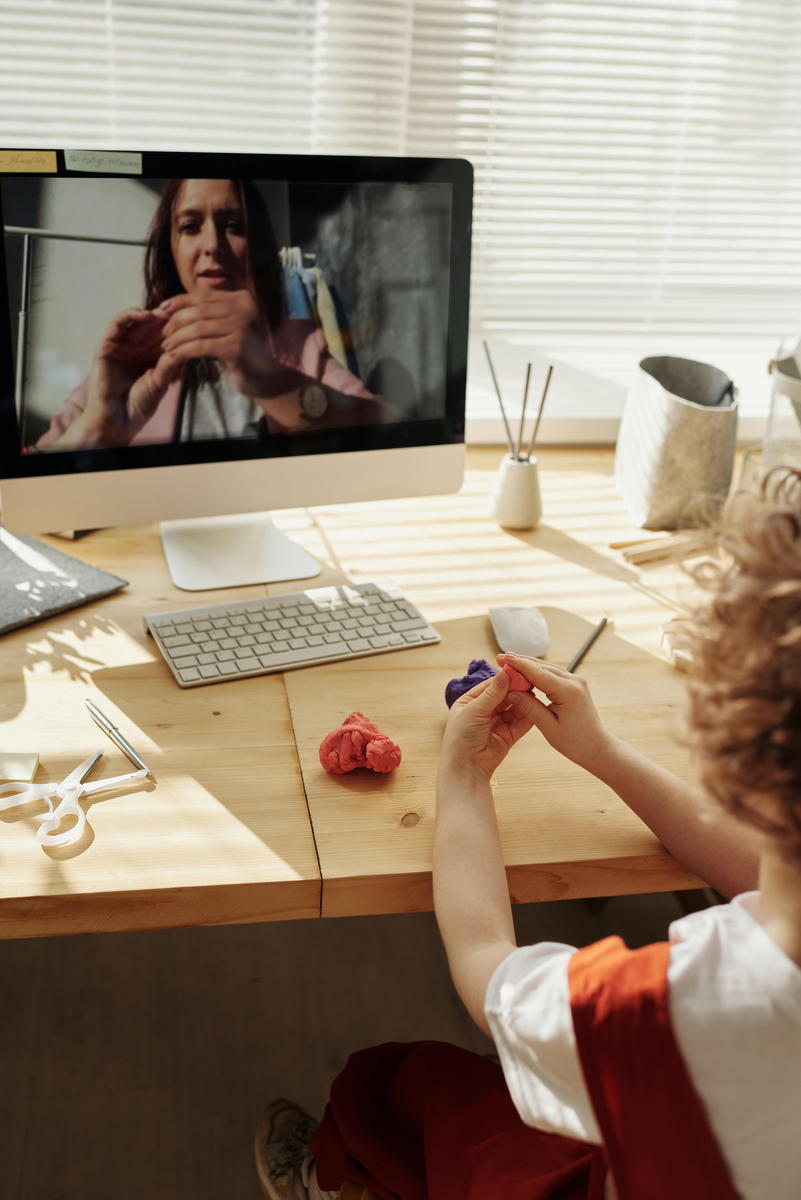
Practicing routines in advance
Switching summer schedule to school schedule can be challenging, let alone possible remote learning. To help reduce any anxiety or challenges that you or your child may experience, identify and establish a clear routine not a day before school starts, but days, and if possible weeks in advance prior to the start of school date. This may also include sleep routine (e.g., bath, brushing teeth, pajamas, bed time) and morning routines (e.g., breakfast, brush teeth, getting dressed, school materials, etc.). It is important to practice and establish a routine so when the time comes to actually engage in the routine on the start date, it comes with ease, stress-free.
When practicing, video models of the routine may support your child in learning how to engage or demonstrate expected responses within specific situations while at school. This may also serve as a narrative for individuals to replay and correct themselves through demonstration (Gaffney, 2020).
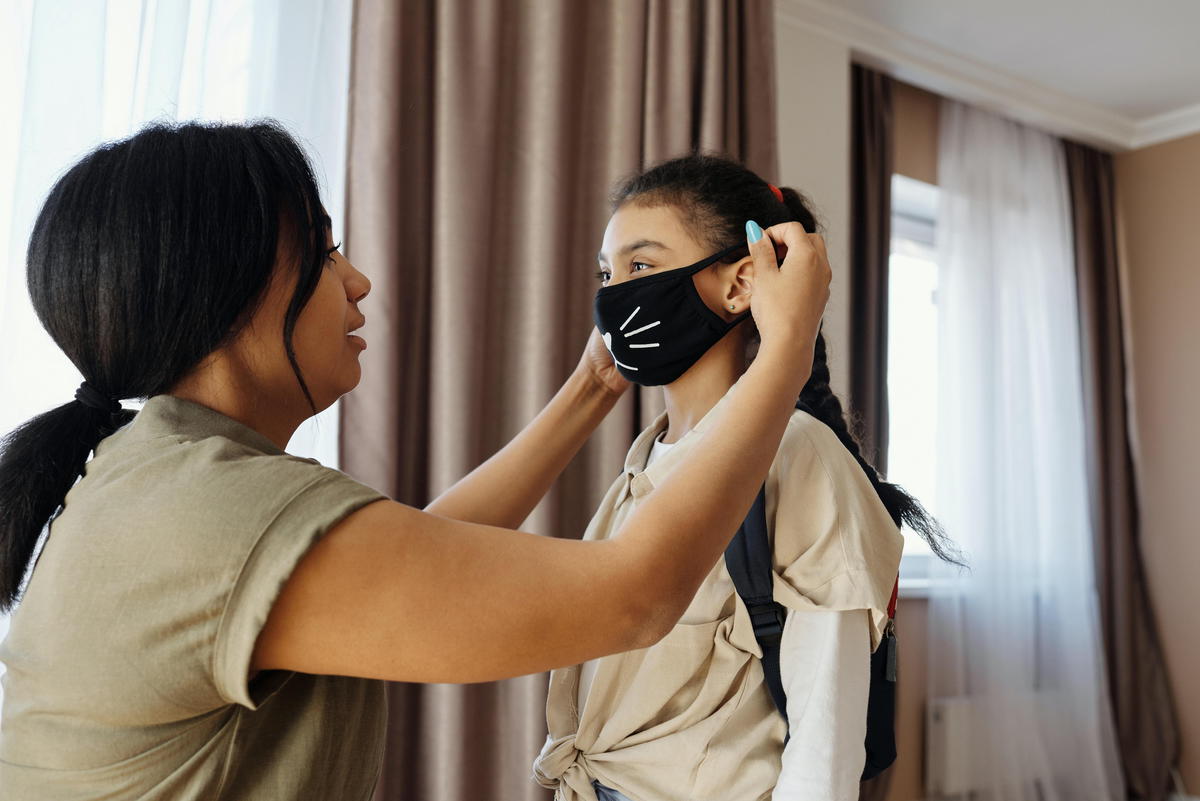
Additional Support
As always, the more support you have the better. We believe that one approach is not the only solution but one of many solutions. We highly recommend you and/or your child get connected with other professional - check with the school district and any support systems they have in place - that can provide additional recommendations and strategies to better support your child's learning environment. Having a multidisciplinary approach may improve the acquisition of learning that can benefit your child through multiple lens.
Gaffney, A. (2020). Transitioning back to school during covid: using visuals and other evidence-based strategies for children with autism. Retrieved from https://www.iidc.indiana.edu/irca/articles/transitioning-back-to-school-during-covid.html
Kowalkowski, Jennifer D., "The impact of a group-based acceptance and commitment therapy intervention on parents of children diagnosed with an autism spectrum disorder" (2012). Master's Theses and Doctoral Dissertations. 512.http://commons.emich.edu/theses/512
